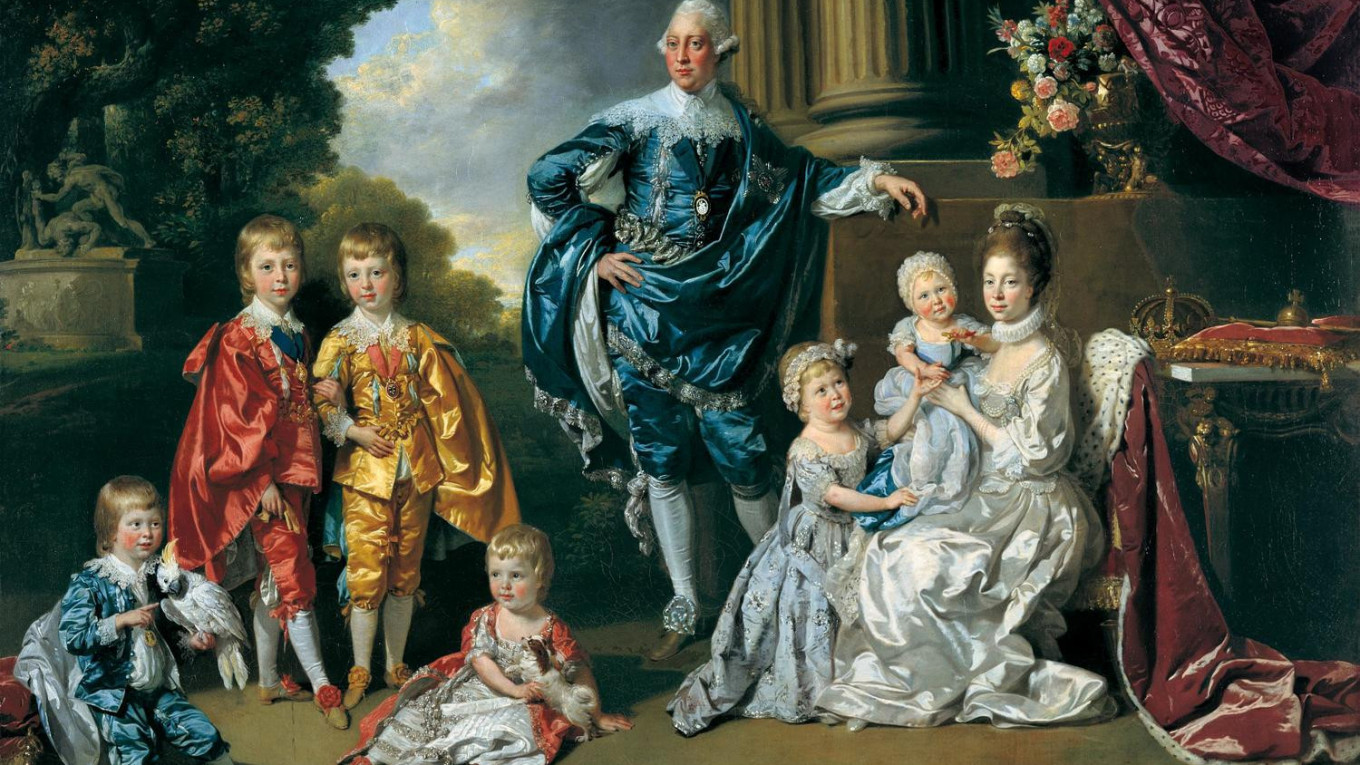Apple season is officially open!
One of the more colorful hybrid holidays in Russia is Yablochny Spas, or “Apple Savior,” celebrated each year in late August, traditionally the moment when apples are ripe for picking. In a delightful tradition reminiscent of Holy Thursday in early spring, Orthodox faithful bring baskets of apples and other early autumnal bounty to churches throughout Russia to be blessed. Early Christians in tenth-century Rus wove the pagan apple holiday together with the Christian story of the Transfiguration of the Lord, when the Apostles Peter, John, and James ascended Mount Tabor and experienced a vision of the resurrected Jesus and the Kingdom of Heaven, in a joyful affirmation of the promise of life everlasting.
Though Yablochny Spas is a joyful holiday that celebrates the harvest to come and showcases marvelous apple dishes — cider, kvass, pies, cakes, and jam — there is also a more somber aspect to the day. Russians visit the graves of their relatives, to tidy the plots and leave offerings of apples, nuts, and honey in a tradition that also harkens back to their pagan ancestors.
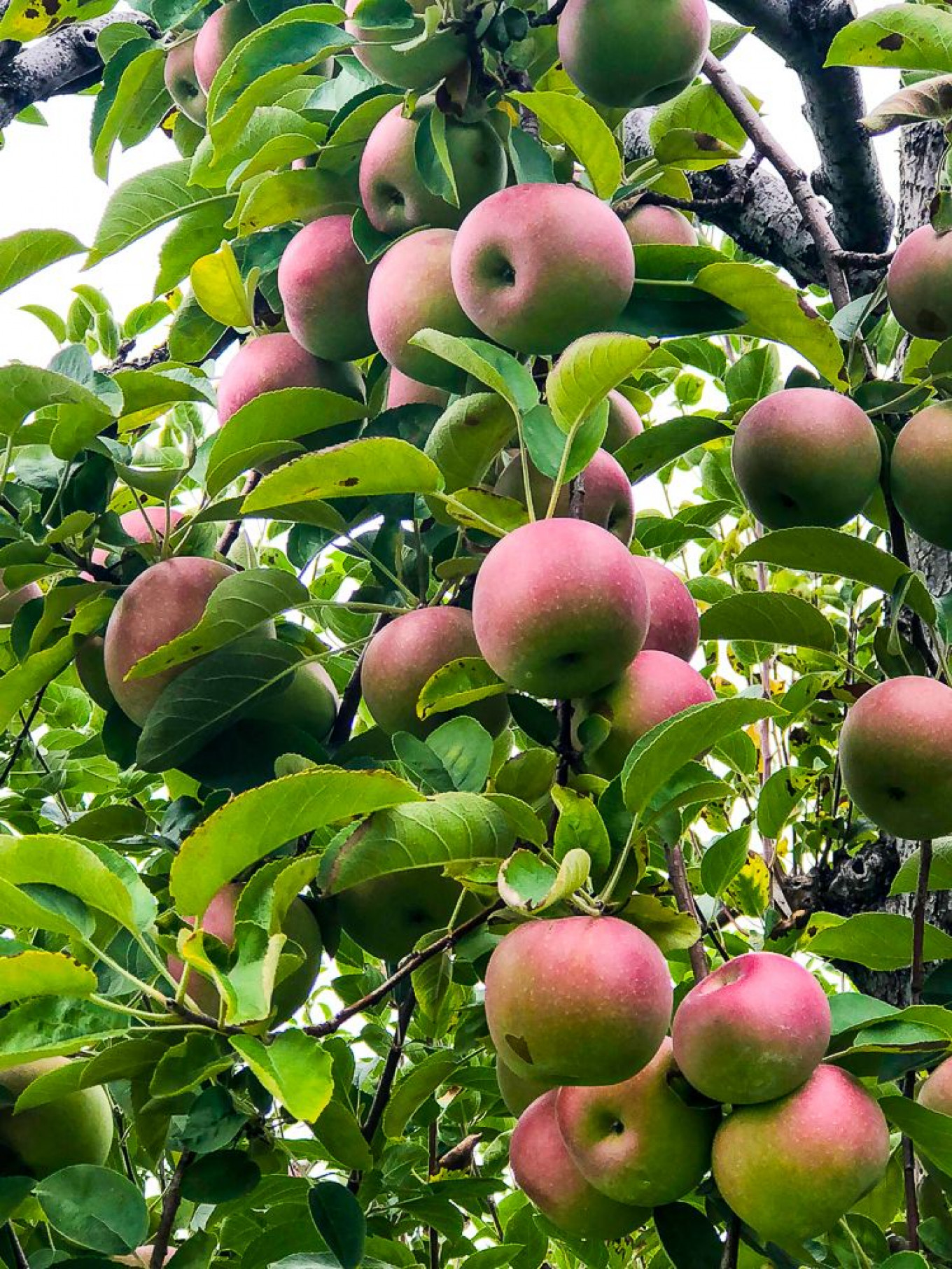
I am fortunate to live less than a mile away from a delightful apple orchard, which is coming into its own this week, the apples ripening to perfection. After regular visits and picking, I’ve all but exhausted my entire apple repertoire: I’ve already made several pies, apple crisp, and even apple cider vinegar. This week, however, as the nights are getting chillier, I am hankering for that ultimate Russian comfort dessert: Apple Charlotka, a pudding that Russians have proudly, but erroneously, enshrined as a national dish. Charlotka is as Russian, they profess, as kvass or shchi. The truth is somewhat different.
A charlotte is a stewed fruit pudding, cooked in a round mold, wider at the top than it is at the bottom. Its origins are definitely English, dating back to a popular sixteenth-century recipe for “charlet,” a molded pudding made with eggs and milk, popular in the houses of the elite. This dish morphed into “charlotte” in the eighteenth century in honor of Queen Charlotte, the German wife of King George III. The queen was a keen amateur botanist and patron of the apple growers in England. While a charlotte can contain any kind of fruit, Apple Charlotte is by far its most popular iteration — a delicious and prudent use of stale bread, combined with stewed apples in a soft and comforting confection, delightful on its own, or sinfully delicious when combined with cream, butterscotch sauce, or ice cream. Perfection at any time of the year, but particularly in autumn.
But how did English Apple Charlotte become Russian Charlotka? How did this most English of puddings cross a continent and find its way into the hearts, minds, and kitchens of Imperial Russia?
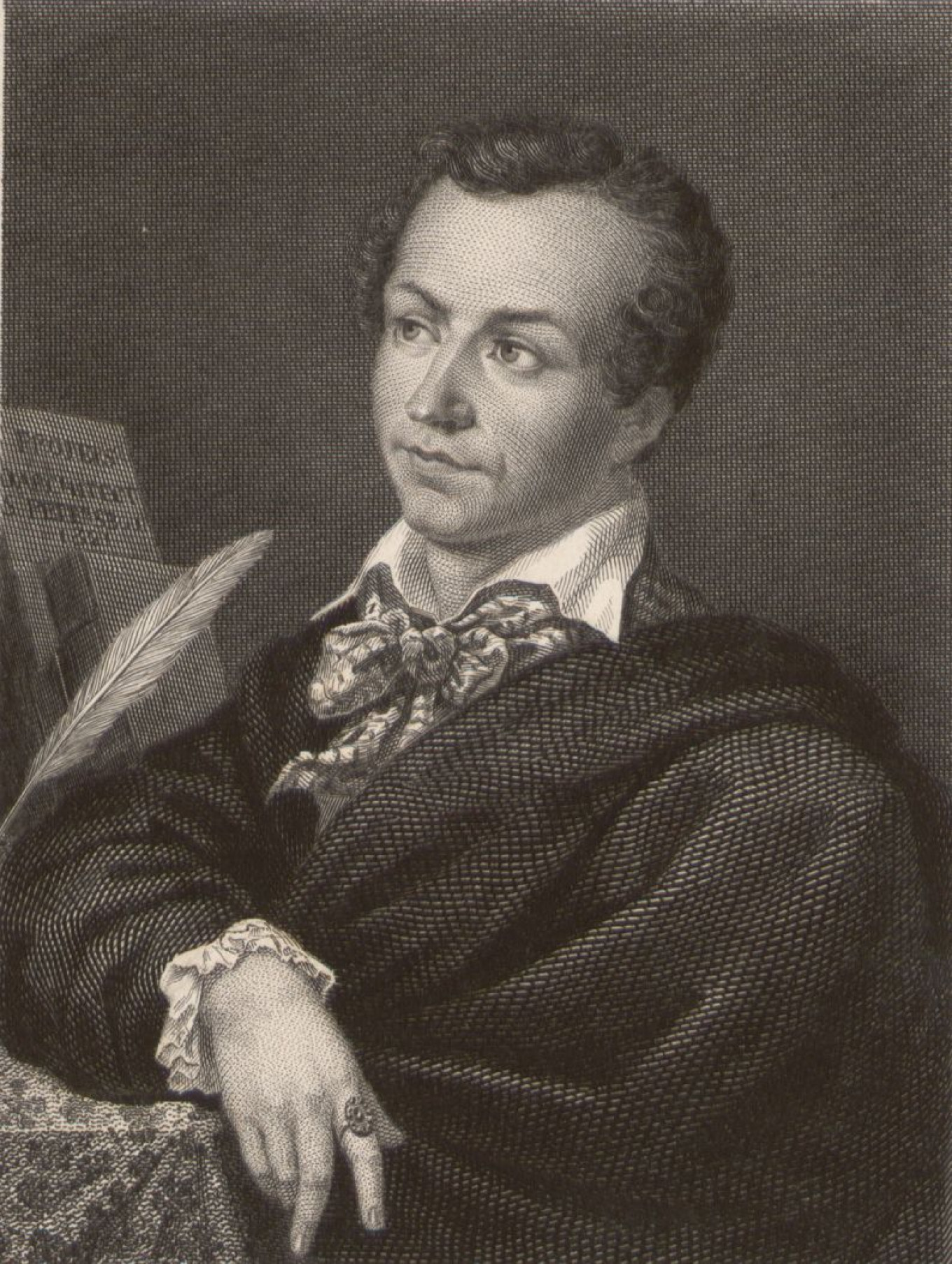
The most likely theory is that it traveled with the creative culinary geniuses of the age, Marie-Antoine Carȇme (1744 - 1833) the King of Chefs, and the Chef of Kings, remembered for his extensive contributions to and mastery of grande cuisine. Carȇme’s illustrious CV suggests he is the probable connective tissue between England and Russia: he left his native Paris to cook for Queen Charlotte’s eldest son, the Prince Regent, later George IV, and from there to the court of Tsar Alexander I in St. Petersburg. These well-documented peregrinations certainly put Carȇme in the right places at the right times, but even more convincing is his magnificent riff on the plain, wholesome, and frugal charlotte. Carȇme replaced the stale bread with fingers of soft sponge cake, and in place of simple stewed fruit, created a delectable concoction of cream, fresh berries, and gelatin, the active ingredient in so many of the grande cuisine’s showstopper deserts and elaborate molded salads. Carȇme debuted the dish as “Charlotte à la Parisienne,” but it achieved lasting fame as “Charlotte Russe,” probably in honor of another royal Charlotte: Empress Alexandra Fyodorovna, wife of Nicholas I, who began life as Princess Charlotte of Prussia.
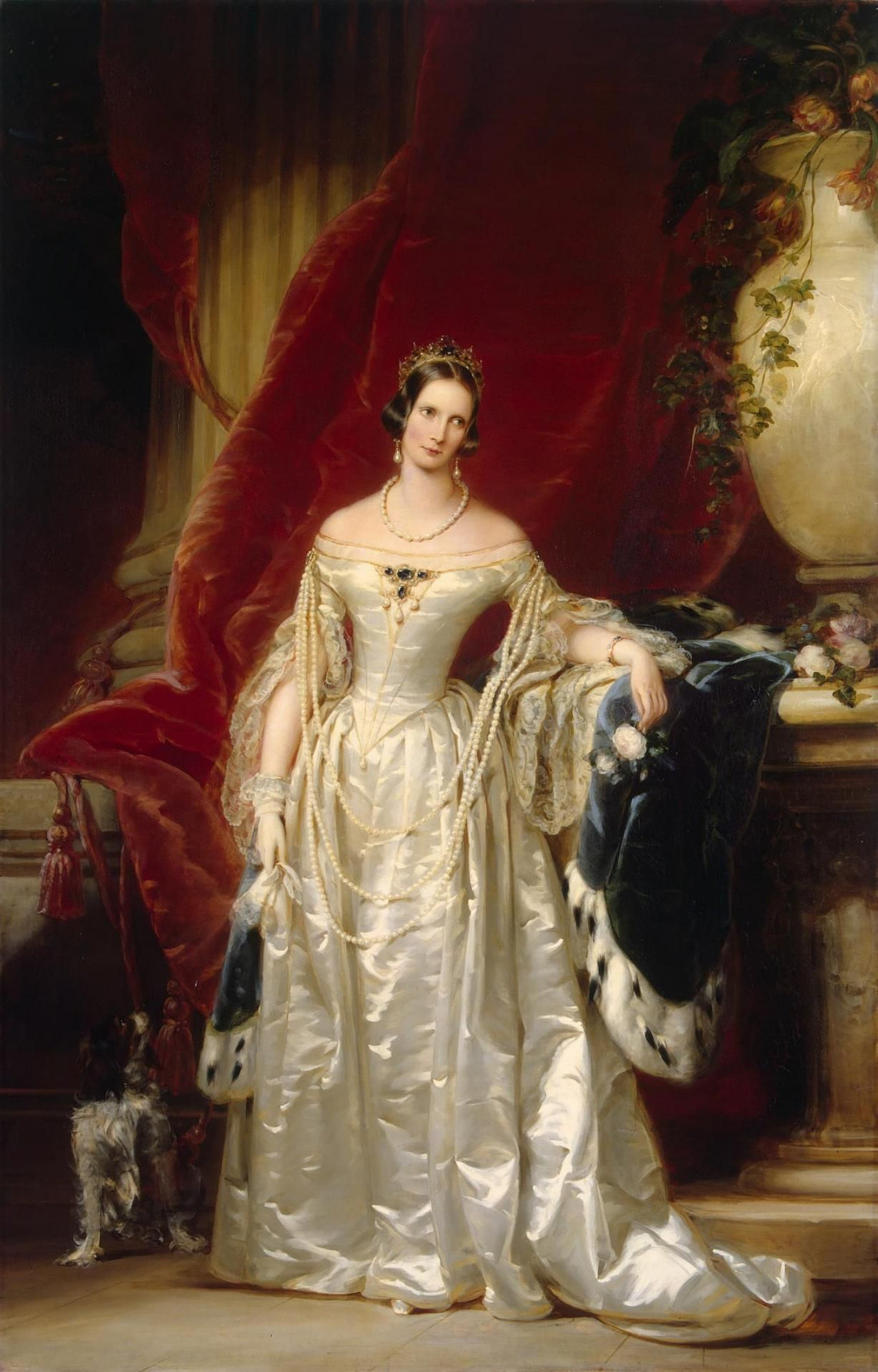
I have a different theory, one that does not negate the solid evidence of Carȇme’s influence, but which may account for the subsequent spread of Charlotka deep into the Russian countryside. The recipe for Apple Charlotka in the 1861 “A Gift to Young Housewives” by Elena Molokhovets is so similar to English versions from the mid-nineteenth century that I believe we need to look not only to one talented Frenchman but also to an army of English women who invaded provincial Russia during the 19th century: the governesses in noble houses and on provincial estates. If the culinary historian in me revels in Carȇme’s creative riff, the historical novelist in me has no trouble picturing the intrepid daughter of an English clergyman, raised in a penny-pinching vicarage, encountering the residue of Russian apple “kompote” and making her determined way into the kitchen of a provincial Russian country estate to teach the household serfs – no doubt highly suspicious of her motives — how to make a classic Apple Charlotte.
Whatever its origins, Charlotka is now a Russian classic, though today there are almost as many variations of the recipe as there were English governesses in Imperial Russia. In some versions, chunks of apples are folded into classic cake batter, others keep the method of lining the charlotte mold with day-old bread and filing it with stewed fruit, while still others combine these two approaches, mixing the apples with batter, and then pouring it into a bread-lined mold. All three ways are delicious: there are no wrong interpretations.
My favorite version of Charlotka sticks to the classic bread version, but I use eggy brioche bread or (my favorite hack) brioche hot dog buns, which are just the right shape and size. Choose tart, crisp apples such as Granny Smiths, and feel free to spice up the apples with other flavors, including a bit of alcohol, raisins, and what is for me mandatory for any apple confection — candied ginger. Keep the sugar to a minimum, assuming that the Charlotka will be accompanied by whipped cream, ice-cream, or butterscotch sauce. Or all three together, which the English governesses might not sanction. Carȇme, however, certainly would.
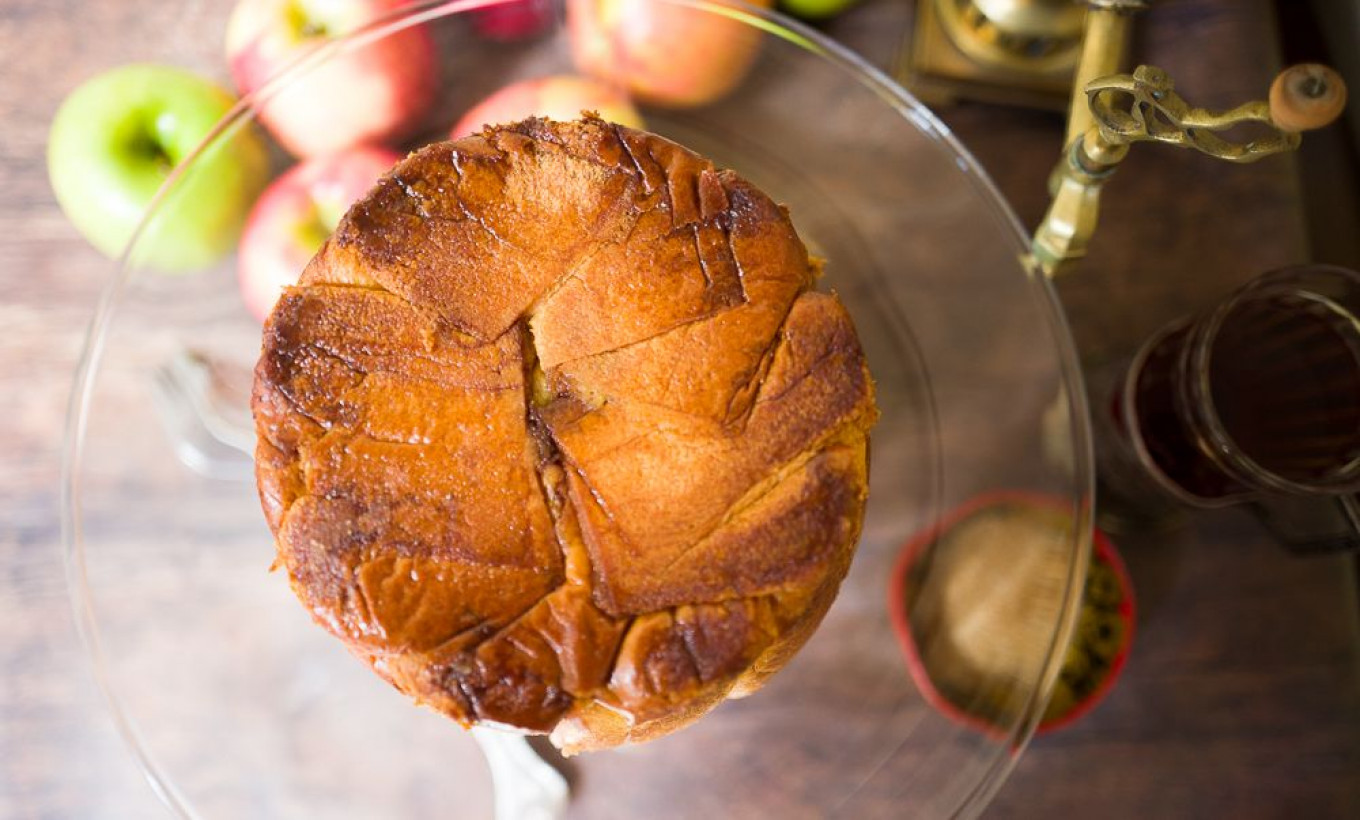
Apple Charlotka
Ingredients
- 5-6 crisp and tart apples (Honey crisp, Pippen, and Granny Smiths all work well)
- 2 Tbsp apple cider vinegar
- 1 loaf Brioche Bread or a package of brioche hot dog buns
- 5 Tbsp butter
- 2 Tbsp white sugar
- 2 Tbsp brown sugar
- 2 Tbsp Calvados, Apple Jack, or brown rum
- 1 cup (240 ml) of a combination of dried fruit and candied ginger, finely chopped (raisins, sour cherries, dried apples all work well)
- ½ tsp ground cinnamon
- ½ tsp ground cloves
- ½ cup (125 ml) ginger preserves or apricot jam
Instructions
- Peel and core the apples, then slice them thinly. Toss the sliced apples with the apple cider vinegar.
- Melt 2 Tbsp of butter over medium heat in a deep skillet. Add the apples and toss to combine. Lower the heat and gently cook until the apples go limp (3-4 minutes). Add the brown sugar, cinnamon, and ground cloves, then toss to ensure the apples are completely coated. Continue to cook for 2-3 minutes.
- Add the Calvados, taking care to not to lean over the skillet as the alcohol may ignite. If it does, just step back and let it burn out.
- Remove the skillet from heat and let the contents cool to room temperature before proceeding. While the mixture cools, prepare the charlotte mold.*
- Butter a 7-inch charlotte mold with 2 Tbsp of butter, then sprinkle it generously with the white sugar until the entire surface covered.
- If you are using a regular loaf of bread, remove the crust, then slice the bread into fingers that are the height of your mold and about 1-inch wide. If you are using hot dog buns, open and flatten the buns, then crop them to the height of the pan.
- Using the discarded crust/bun tops, cover the bottom of the mold in an attractive pattern (this will be the top of your finished product). Then line the mold with the bread slices, slightly overlap them. Press the bread gently to the mold.
- Preheat the oven to 375ºF (190ºC) and adjust the oven rack to the middle position.
- Fill the mold with the cooled apple mixture, pressing down gently with the back of a spoon to release any air bubbles. Arrange the remaining bread on top of the apple mixture.
- Melt the jam and remaining 1 Tbsp of butter over low heat and then brush the bottom of the mold with the mixture to seal it.
- Gently tent the filled mold with aluminum foil and set on a rimmed baking sheet. Bake for 45 minutes and cool for 90 minutes. When the Charlotka is completely cooled, place a serving plate on top of the mold and flip it over, then gently slide the mold from the Charlotka.
- Serve with whipped cream, butterscotch sauce, and/or vanilla ice cream.
*If you don’t have a charlotte mold, don’t let this deter you from trying this recipe! A small spring-form pan works well, as will a cake pan with tall sides, or an oven-proof souffle dish.
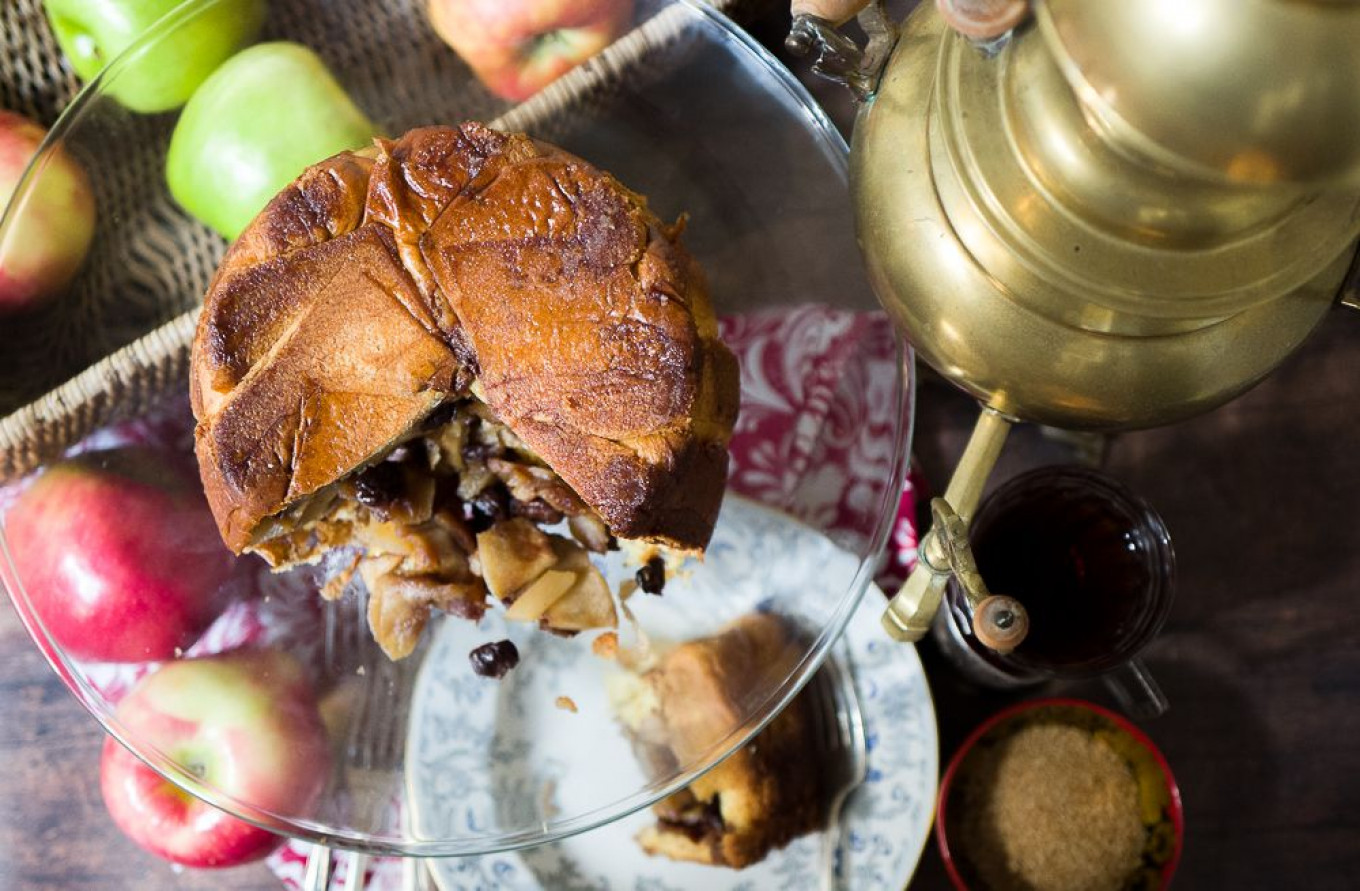
A Message from The Moscow Times:
Dear readers,
We are facing unprecedented challenges. Russia's Prosecutor General's Office has designated The Moscow Times as an "undesirable" organization, criminalizing our work and putting our staff at risk of prosecution. This follows our earlier unjust labeling as a "foreign agent."
These actions are direct attempts to silence independent journalism in Russia. The authorities claim our work "discredits the decisions of the Russian leadership." We see things differently: we strive to provide accurate, unbiased reporting on Russia.
We, the journalists of The Moscow Times, refuse to be silenced. But to continue our work, we need your help.
Your support, no matter how small, makes a world of difference. If you can, please support us monthly starting from just $2. It's quick to set up, and every contribution makes a significant impact.
By supporting The Moscow Times, you're defending open, independent journalism in the face of repression. Thank you for standing with us.
Remind me later.



